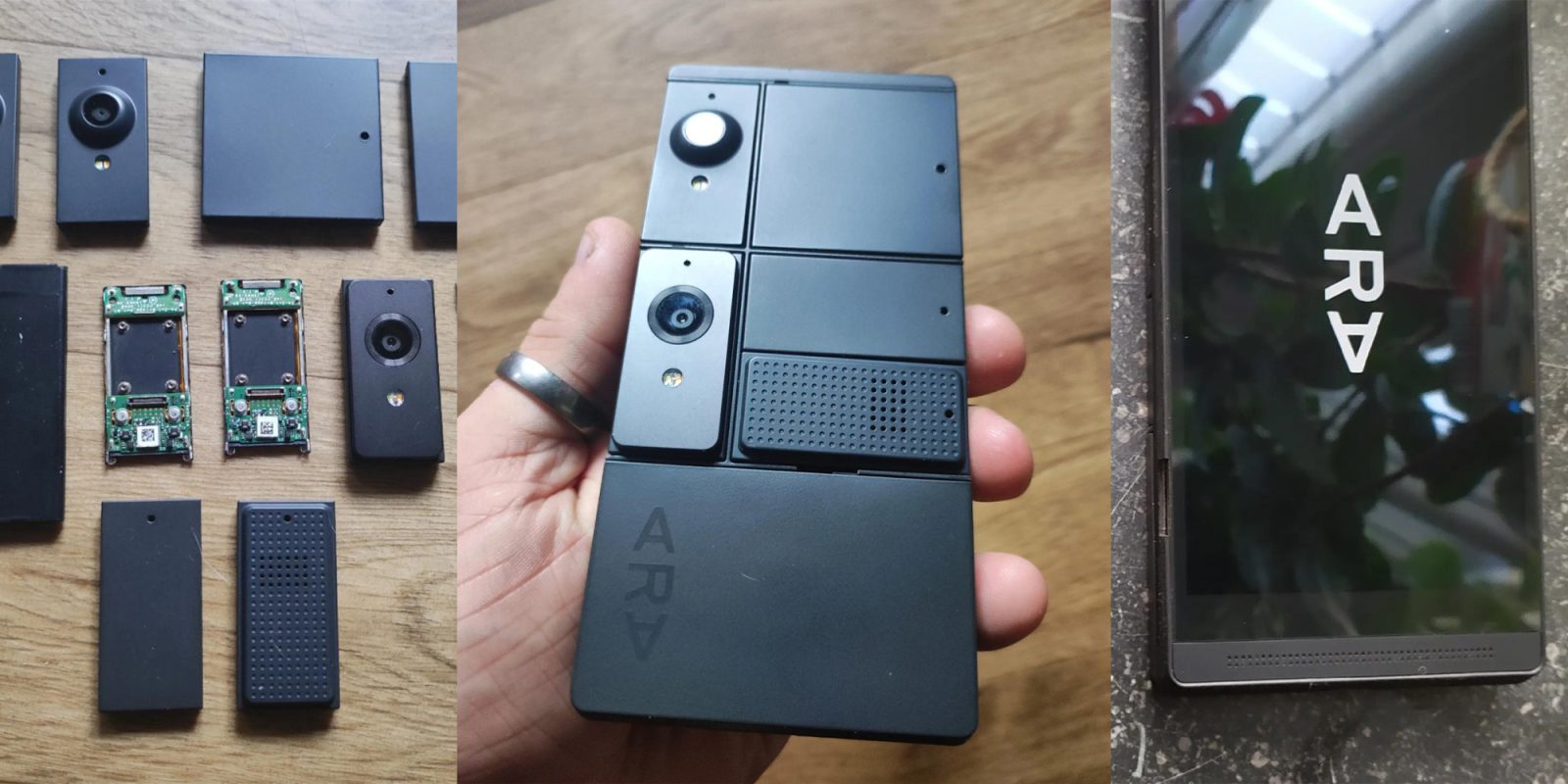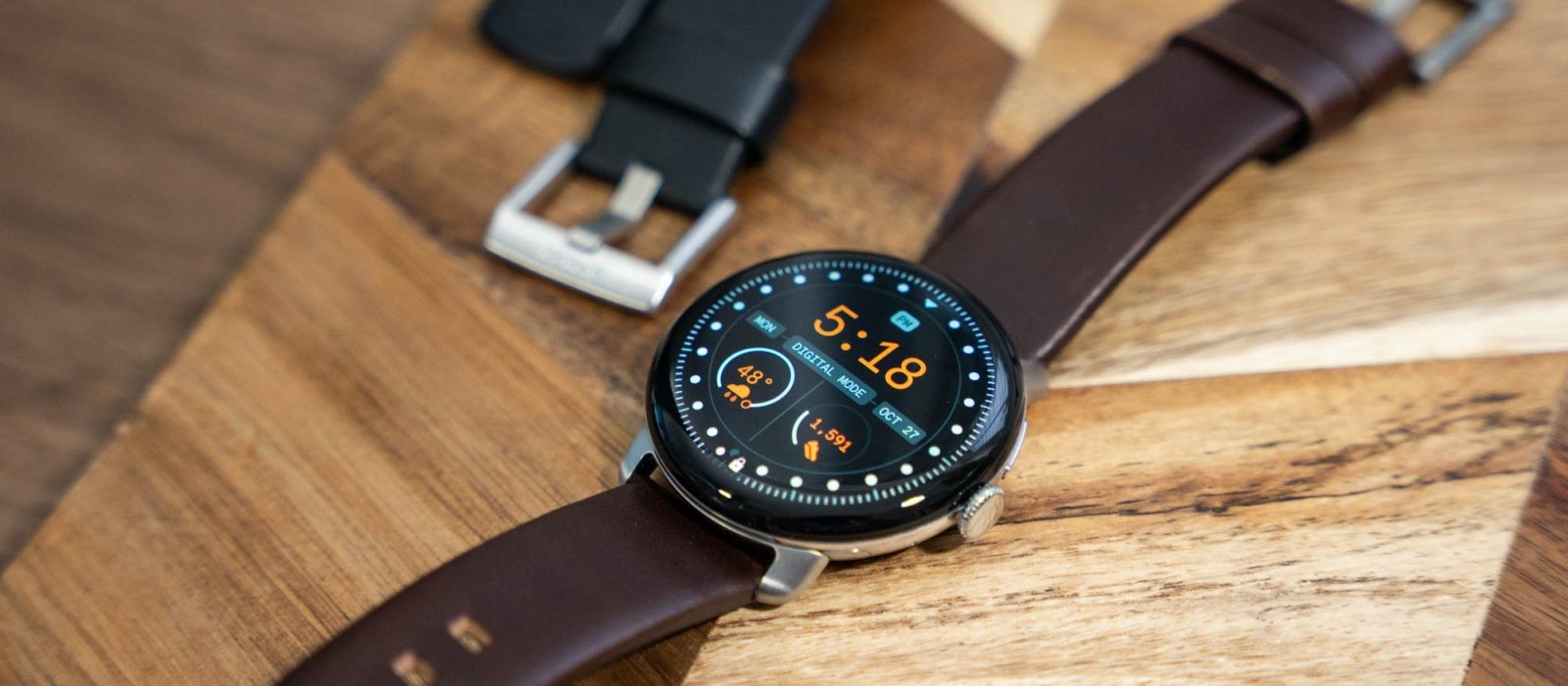In a significant development for smartphone technology, Google’s Project Ara has unveiled its latest modular smartphone prototypes, offering a glimpse into the future of customizable mobile devices. These prototypes showcase a range of innovative modules designed to enhance user experience and device functionality.
Introduction to Project Ara
Project Ara is Google’s ambitious initiative aimed at creating a modular smartphone platform. The concept allows users to customize their devices by selecting and swapping out various hardware components, or modules, to suit their individual needs and preferences. This approach not only extends the lifespan of smartphones but also reduces electronic waste by enabling users to upgrade specific parts without discarding the entire device.
The Evolution of Project Ara
Since its inception, Project Ara has undergone several developmental phases, each marked by significant advancements:
– Spiral 1 Prototype: The initial prototype laid the groundwork for the modular design, introducing the concept of interchangeable components held together by electropermanent magnets. These magnets allowed modules to be securely attached and easily swapped without the need for a traditional casing. ([9to5google.com](https://9to5google.com/2014/04/04/googles-modular-ara-phone-will-be-held-together-with-electropermanent-magnets/?utm_source=openai))
– Spiral 2 Prototype: Building upon its predecessor, Spiral 2 incorporated a 1280 x 720 display, Wi-Fi and Bluetooth connectivity, a 5 MP camera module, and a 3G cellular module. Notably, this version moved the electropermanent magnets from the modules to the device’s endoskeleton, freeing up space for developers and enhancing the overall design. ([9to5google.com](https://9to5google.com/2015/01/14/spiral-2-project-ara/?utm_source=openai))
Challenges and Setbacks
Despite the promising innovations, Project Ara faced several challenges:
– Magnet Strength Issues: Early prototypes encountered problems with the electropermanent magnets not holding modules securely during drop tests, leading to delays in the project’s timeline. ([9to5google.com](https://9to5google.com/2015/08/19/project-ara-delayed-magnets-drop-test/?utm_source=openai))
– Manufacturing Setbacks: Issues such as incorrect materials used in plating boards caused delays in shipping development units to partners and developers. ([9to5google.com](https://9to5google.com/2014/08/23/google-partnering-with-rockchip-to-make-a-custom-soc-for-project-ara/?utm_source=openai))
– Project Suspension: In September 2016, Google announced the shelving of Project Ara as part of a broader effort to streamline its hardware initiatives. This decision was met with disappointment from the development community and enthusiasts who had high hopes for the modular smartphone concept. ([9to5google.com](https://9to5google.com/2016/09/01/google-cancels-project-ara/?utm_source=openai))
The Latest Prototypes and Modules
The recent leak of Project Ara’s latest prototypes has reignited interest in modular smartphones. These prototypes feature a variety of modules, including:
– Advanced Camera Modules: Offering higher resolution and improved low-light performance, these modules aim to cater to photography enthusiasts seeking professional-grade capabilities in a smartphone.
– Enhanced Battery Modules: Designed to provide extended battery life, these modules address one of the most common concerns among smartphone users.
– Specialized Sensors: Modules equipped with environmental sensors can monitor air quality, temperature, and humidity, appealing to users interested in health and environmental data.
– Audio Enhancements: High-fidelity speaker modules and advanced microphones aim to improve the audio experience for both media consumption and communication.
Implications for the Smartphone Industry
The unveiling of these prototypes suggests a potential resurgence of interest in modular smartphones. If successfully implemented, this technology could revolutionize the industry by:
– Personalization: Allowing users to tailor their devices to specific needs, from gaming to professional photography.
– Sustainability: Reducing electronic waste by enabling users to upgrade individual components rather than replacing entire devices.
– Innovation: Encouraging third-party developers to create a diverse range of modules, fostering a vibrant ecosystem of hardware innovation.
Conclusion
While Project Ara has faced its share of challenges, the latest prototypes demonstrate the viability and potential of modular smartphones. As technology continues to evolve, the concept of customizable, upgradeable devices may become a standard in the industry, offering consumers unprecedented control over their mobile experiences.



